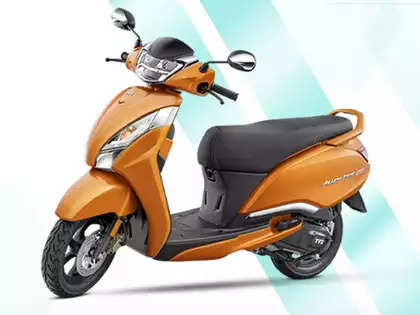“In the first few months of this fiscal, we have seen the two-wheeler industry growing at 13 per cent, which is higher than what we have seen in the recent years.
“Even more heartening is the fact that in recent times we are seeing the rural demand starting to outstrip urban areas,” Haldar said.
When rural demand starts outstripping urban demand it is a very good sign for the two-wheeler industry as a whole, Haldar noted.
“Given these indicators and the fact that monsoon this year, while it has given us excessive blessings in some areas, on the whole it has been bountiful. We are confident that the overall two-wheeler industry going into the festive season will exceed the current growth rates,” he said.
TVS is confident of outperforming the industry growth and becoming relatively stronger, he added. Elaborating on the factors helping the two-wheeler segment revive after years of muted growth, Haldar said: “What we see happening is that the acceptance of scooters has increased even among rural markets”. The scooter segment now accounts for 32 per cent of the total two-wheeler industry and it is set to grow further, he said.
“I think moving forward, there will be a greater share of the market that will move towards scooters. And you see that because there was a time when the cost of switching between a motorcycle and a scooter meant a reasonable amount of loss in terms of mileage, which, thanks to technology, that gap has narrowed considerably,” Haldar said.
Plus, there are a lot of inherent format advantages that scooters provide in terms of space, comfort and convenience, he said.
“Also, what happened is that with the consistent investment behind infrastructure that the government has done over the years, the quality of the road, even in the rural market, has gone up considerably, which has also helped the scooter industry,” Haldar said.
Besides, personal mobility has taken a centre stage with multiple members of the family using the vehicle to commute for various reasons, he added.


